I’m sure this is a shocking revelation, but Nebraska isn’t known for its climbing. We have a book that breaks down every climbing area in the US, sorted by state; Nebraska is so lacking that it’s the only state where the author decided to include an indoor climbing gym. As a result, we had no intention of visiting this desolate place (sorry Cornhuskers).
However, by the time we hit the road from Vedauwoo, it was late and our next destination was five hours away. Our unplanned stopover in the “Nice State” (that is actually their motto) ended up being surprisingly, well, nice.
We stayed in a park in the tiny town of Crawford, population ~900. They have a surprisingly large city park with a disc golf course, sand volleyball, 8 horseshoe courts (do they expect 2% of their population will be playing horseshoes at any given moment?), an airsoft range, a fishing pond, multiple jungle gyms, clean bathrooms, and free camping with an electrical hookup. Nebraska just moved up a few notches in my book.
As nice as Crawford was, we were anxious to get back into climbing territory and quickly headed up into the Black Hills of South Dakota. Here, we were inundated by potential climbing, and started with the Cathedral Spires section of Custer State Park. The spires are a collection of tall granite peaks, with over 70 summits in a tiny area. We climbed one spire, but didn’t get a chance to revel in the view from the top, as it started to hail shortly after we reached the summit.
In the subsequent days, we stayed in a free climber’s campground less than a mile from Mount Rushmore. There were numerous climbing areas within walking distance; naturally, we tried a few of them, and I started to remember why I love climbing. While nursing our raw fingertips (the rock near Mount Rushmore is sharp!) we did a seven mile hike to Harney Peak in Custer State Park – notably the highest peak east of the Rockies.
Another morning, we tried to hike to Mount Rushmore, but ended up lost more than a mile behind the famous rock. Instead, we settled for a quick drive-by, not feeling like it was worth the $11 parking fee when you can see it from the road.
After the Black Hills, we started driving east. I was starting to nod off, when John suddenly brought the van to an abrupt halt. Somehow – despite weeks of talking about it – he had totally forgotten about the Minuteman Missile National Historic Site in South Dakota until he saw a sign for it.
John was geeking out to a nearly embarrassing level, but he wasn’t the only one; we met a man who was so excited that he made his family wake up at 5:15am to drive there from Rapid City. By the time we arrived at 7:30 – 30 minutes before the place opens – there were already 20 people in line. They only allow six people on each tour, so tickets run out fast. Fortunately, we got on the 11:00 tour, giving us a few hours to kill in the Badlands (which was an added bonus, because we only got a brief glimpse the badlands after sunset the night before, and I wanted to see more).
While I may not have been quite as giddy as John was, I can’t deny that the missile launch control site was fascinating. They take you down into the underground station, where you get to see the antiquated (and massive) computer control system (which still uses 8 inch floppy disks) protected behind an eight ton blast door. In order to launch the missiles, two people would have had to turn keys at the same time from positions too far apart to be done by one person. Even then, another control unit would have to take the same action. At this point, it would launch a set of nuclear missiles, each of which cannot be buried within 3 miles of any other missile. If things didn’t go as planned, they had contingency plans stacked upon contingency plans; mutually assured destruction. Thank goodness it never came to that.
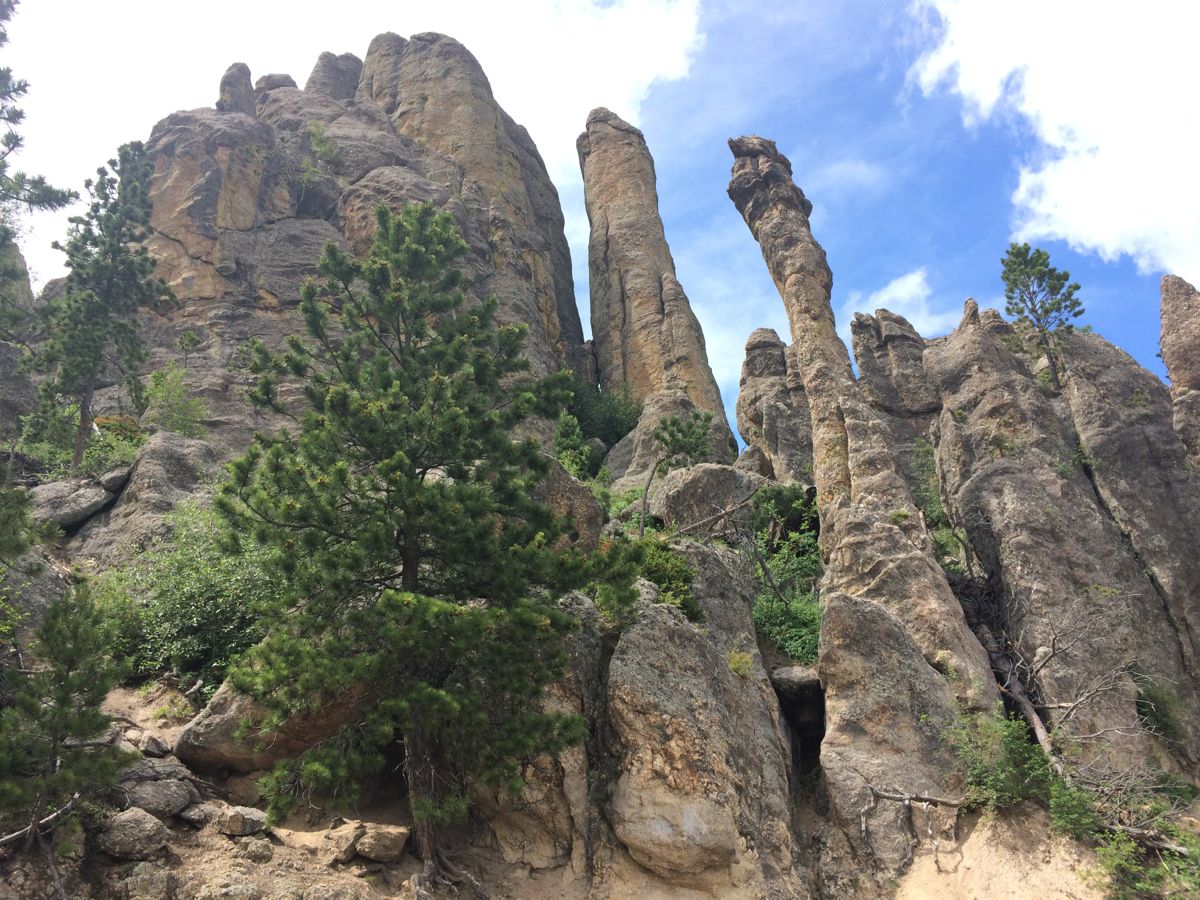
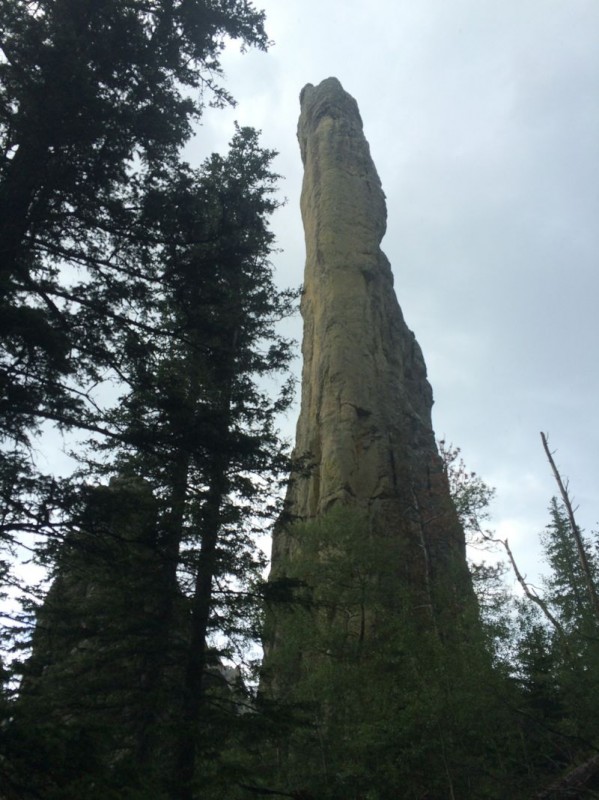
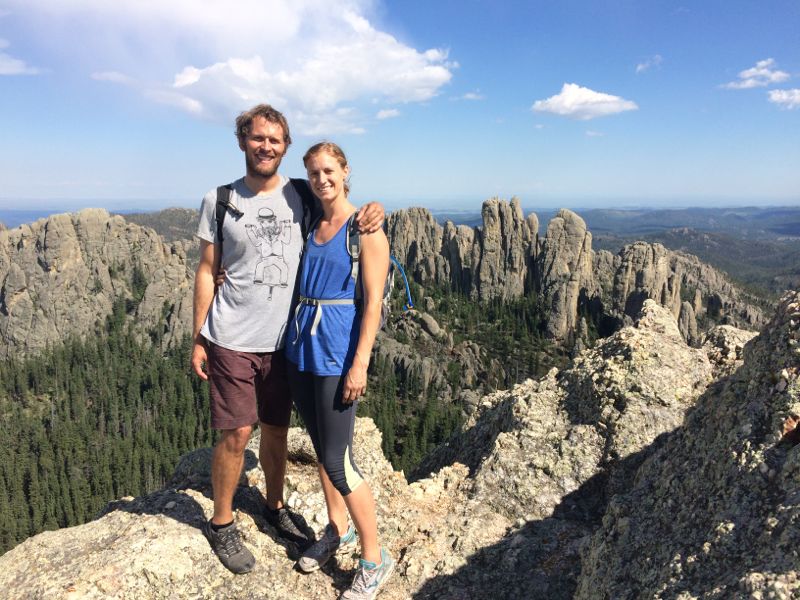
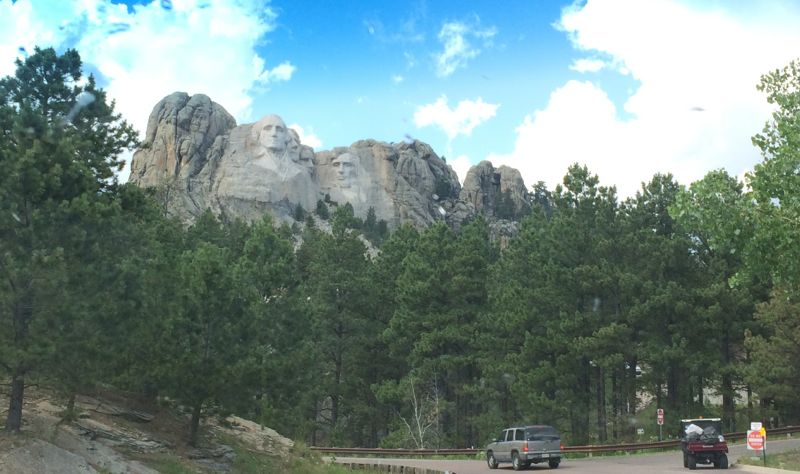
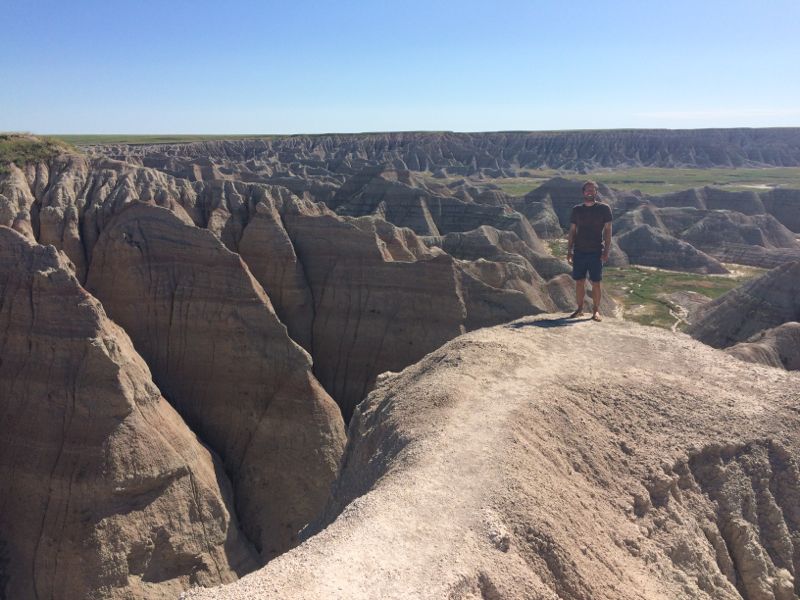
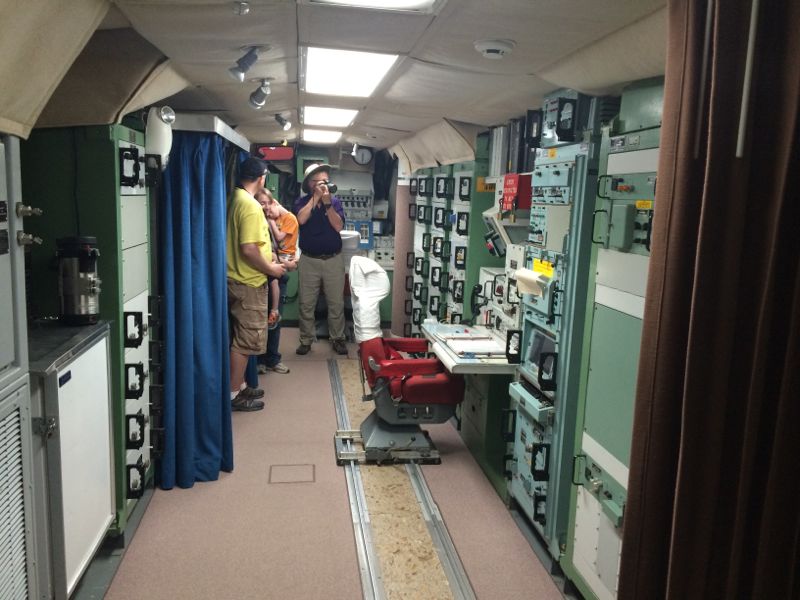
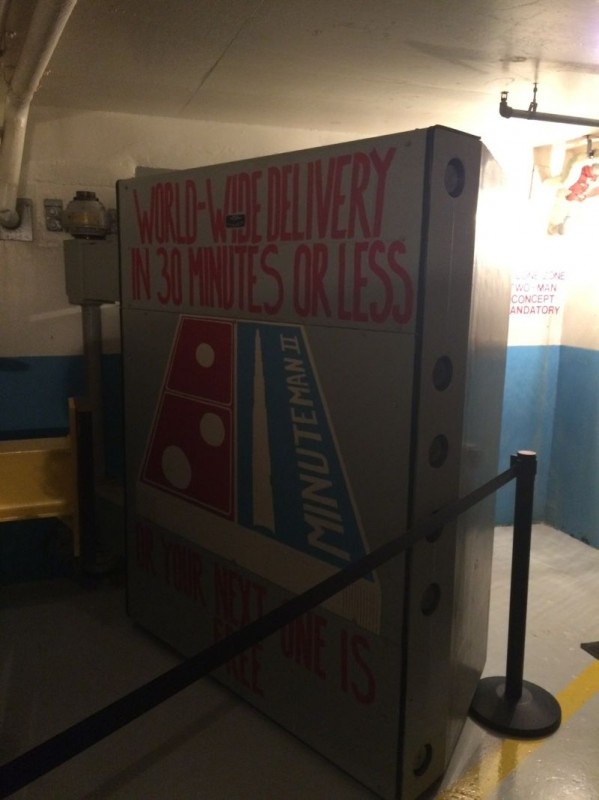
Leave a Reply